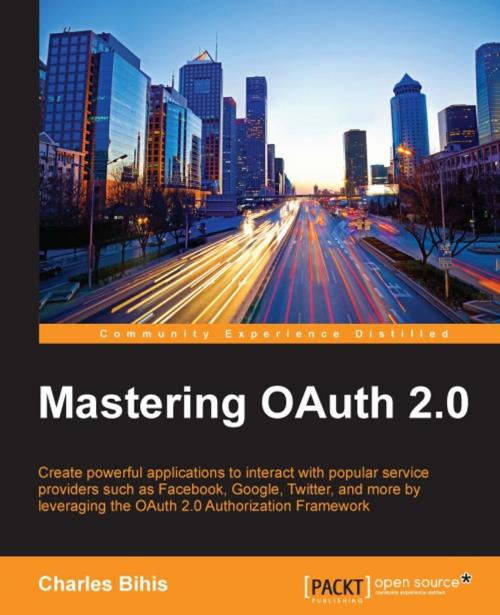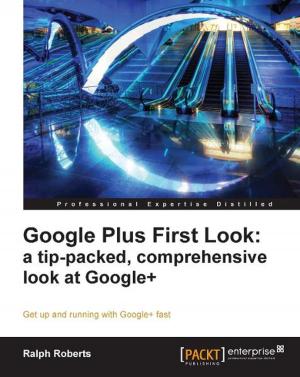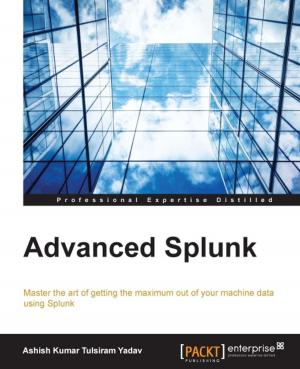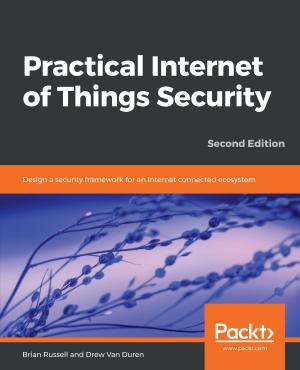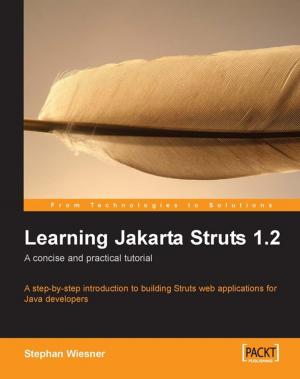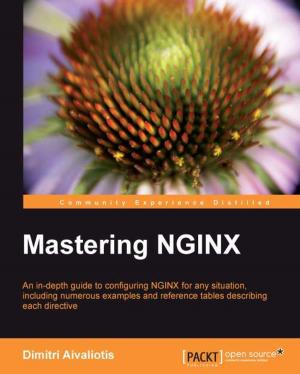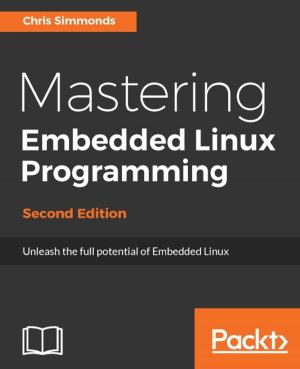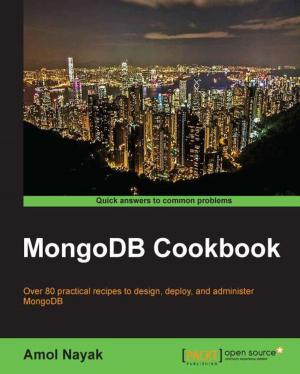Mastering OAuth 2.0
Nonfiction, Computers, Application Software, Computer Security, Programming, Internet| Author: | Charles Bihis | ISBN: | 9781784392307 |
| Publisher: | Packt Publishing | Publication: | December 15, 2015 |
| Imprint: | Packt Publishing | Language: | English |
| Author: | Charles Bihis |
| ISBN: | 9781784392307 |
| Publisher: | Packt Publishing |
| Publication: | December 15, 2015 |
| Imprint: | Packt Publishing |
| Language: | English |
Create powerful applications to interact with popular service providers such as Facebook, Google, Twitter, and more by leveraging the OAuth 2.0 Authorization Framework
About This Book
- Learn how to use the OAuth 2.0 protocol to interact with the world's most popular service providers, such as Facebook, Google, Instagram, Slack, Box, and more
- Master the finer details of this complex protocol to maximize the potential of your application while maintaining the utmost of security
- Step through the construction of a real-world working application that logs you in with your Facebook account to create a compelling infographic about the most important person in the world—you!
Who This Book Is For
If you are an application developer, software architect, security engineer, or even a casual programmer looking to leverage the power of OAuth, Mastering OAuth 2.0 is for you. Covering basic topics such as registering your application and choosing an appropriate workflow, to advanced topics such as security considerations and extensions to the specification, this book has something for everyone. A basic knowledge of programming and OAuth is recommended.
What You Will Learn
- Discover the power and prevalence of OAuth 2.0 and use it to improve your application's capabilities
- Step through the process of creating a real-world application that interacts with Facebook using OAuth 2.0
- Examine the various workflows described by the specification, looking at what they are and when to use them
- Learn about the many security considerations involved with creating an application that interacts with other service providers
- Develop your debugging skills with dedicated pages for tooling and troubleshooting
- Build your own rich, powerful applications by leveraging world-class technologies from companies around the world
In Detail
OAuth 2.0 is a powerful authentication and authorization framework that has been adopted as a standard in the technical community. Proper use of this protocol will enable your application to interact with the world's most popular service providers, allowing you to leverage their world-class technologies in your own application. Want to log your user in to your application with their Facebook account? Want to display an interactive Google Map in your application? How about posting an update to your user's LinkedIn feed? This is all achievable through the power of OAuth.
With a focus on practicality and security, this book takes a detailed and hands-on approach to explaining the protocol, highlighting important pieces of information along the way.
At the beginning, you will learn what OAuth is, how it works at a high level, and the steps involved in creating an application. After obtaining an overview of OAuth, you will move on to the second part of the book where you will learn the need for and importance of registering your application and types of supported workflows. You will discover more about the access token, how you can use it with your application, and how to refresh it after expiration.
By the end of the book, you will know how to make your application architecture robust. You will explore the security considerations and effective methods to debug your applications using appropriate tools. You will also have a look at special considerations to integrate with OAuth service providers via native mobile applications. In addition, you will also come across support resources for OAuth and credentials grant.
Create powerful applications to interact with popular service providers such as Facebook, Google, Twitter, and more by leveraging the OAuth 2.0 Authorization Framework
About This Book
- Learn how to use the OAuth 2.0 protocol to interact with the world's most popular service providers, such as Facebook, Google, Instagram, Slack, Box, and more
- Master the finer details of this complex protocol to maximize the potential of your application while maintaining the utmost of security
- Step through the construction of a real-world working application that logs you in with your Facebook account to create a compelling infographic about the most important person in the world—you!
Who This Book Is For
If you are an application developer, software architect, security engineer, or even a casual programmer looking to leverage the power of OAuth, Mastering OAuth 2.0 is for you. Covering basic topics such as registering your application and choosing an appropriate workflow, to advanced topics such as security considerations and extensions to the specification, this book has something for everyone. A basic knowledge of programming and OAuth is recommended.
What You Will Learn
- Discover the power and prevalence of OAuth 2.0 and use it to improve your application's capabilities
- Step through the process of creating a real-world application that interacts with Facebook using OAuth 2.0
- Examine the various workflows described by the specification, looking at what they are and when to use them
- Learn about the many security considerations involved with creating an application that interacts with other service providers
- Develop your debugging skills with dedicated pages for tooling and troubleshooting
- Build your own rich, powerful applications by leveraging world-class technologies from companies around the world
In Detail
OAuth 2.0 is a powerful authentication and authorization framework that has been adopted as a standard in the technical community. Proper use of this protocol will enable your application to interact with the world's most popular service providers, allowing you to leverage their world-class technologies in your own application. Want to log your user in to your application with their Facebook account? Want to display an interactive Google Map in your application? How about posting an update to your user's LinkedIn feed? This is all achievable through the power of OAuth.
With a focus on practicality and security, this book takes a detailed and hands-on approach to explaining the protocol, highlighting important pieces of information along the way.
At the beginning, you will learn what OAuth is, how it works at a high level, and the steps involved in creating an application. After obtaining an overview of OAuth, you will move on to the second part of the book where you will learn the need for and importance of registering your application and types of supported workflows. You will discover more about the access token, how you can use it with your application, and how to refresh it after expiration.
By the end of the book, you will know how to make your application architecture robust. You will explore the security considerations and effective methods to debug your applications using appropriate tools. You will also have a look at special considerations to integrate with OAuth service providers via native mobile applications. In addition, you will also come across support resources for OAuth and credentials grant.
